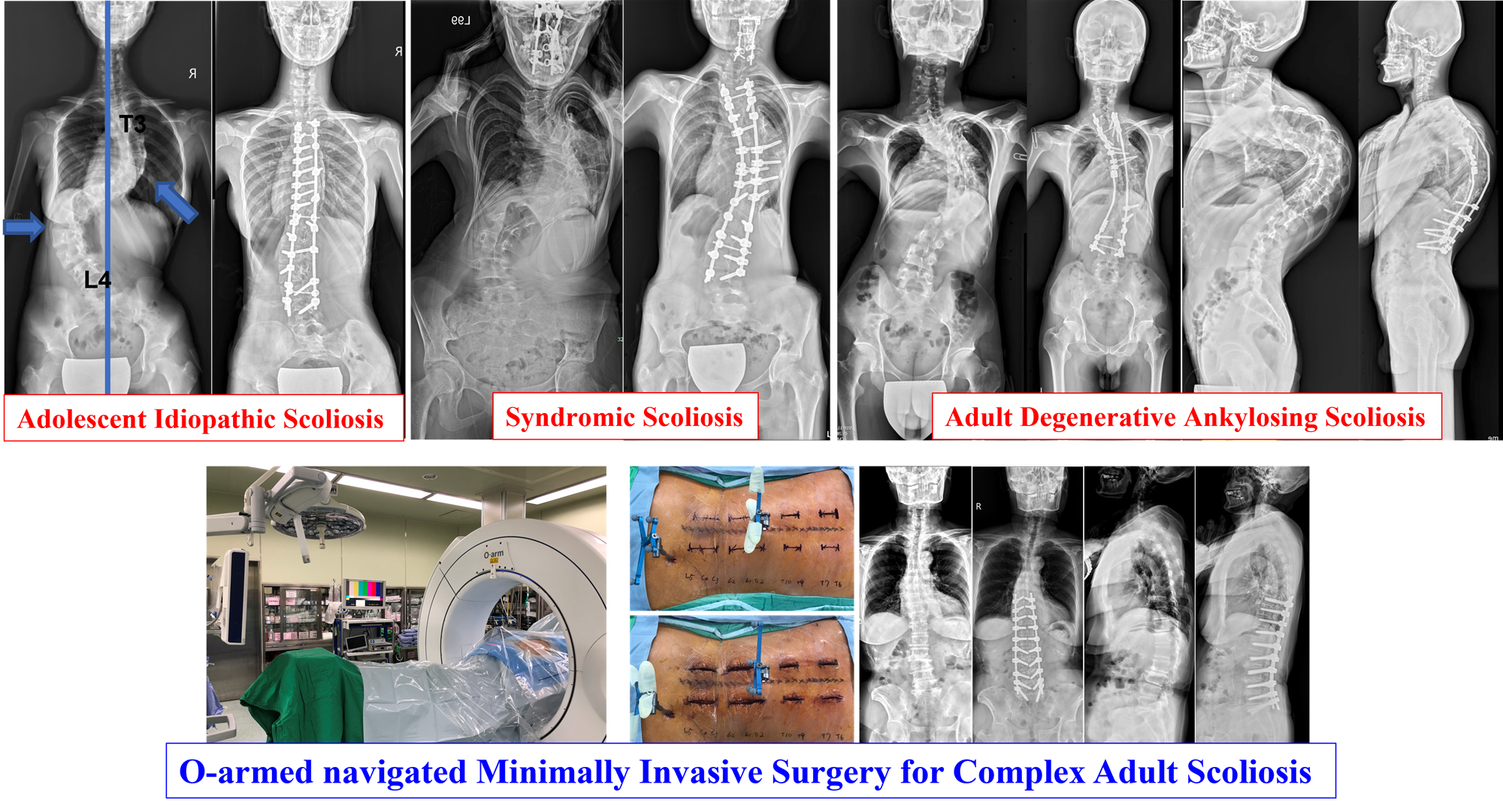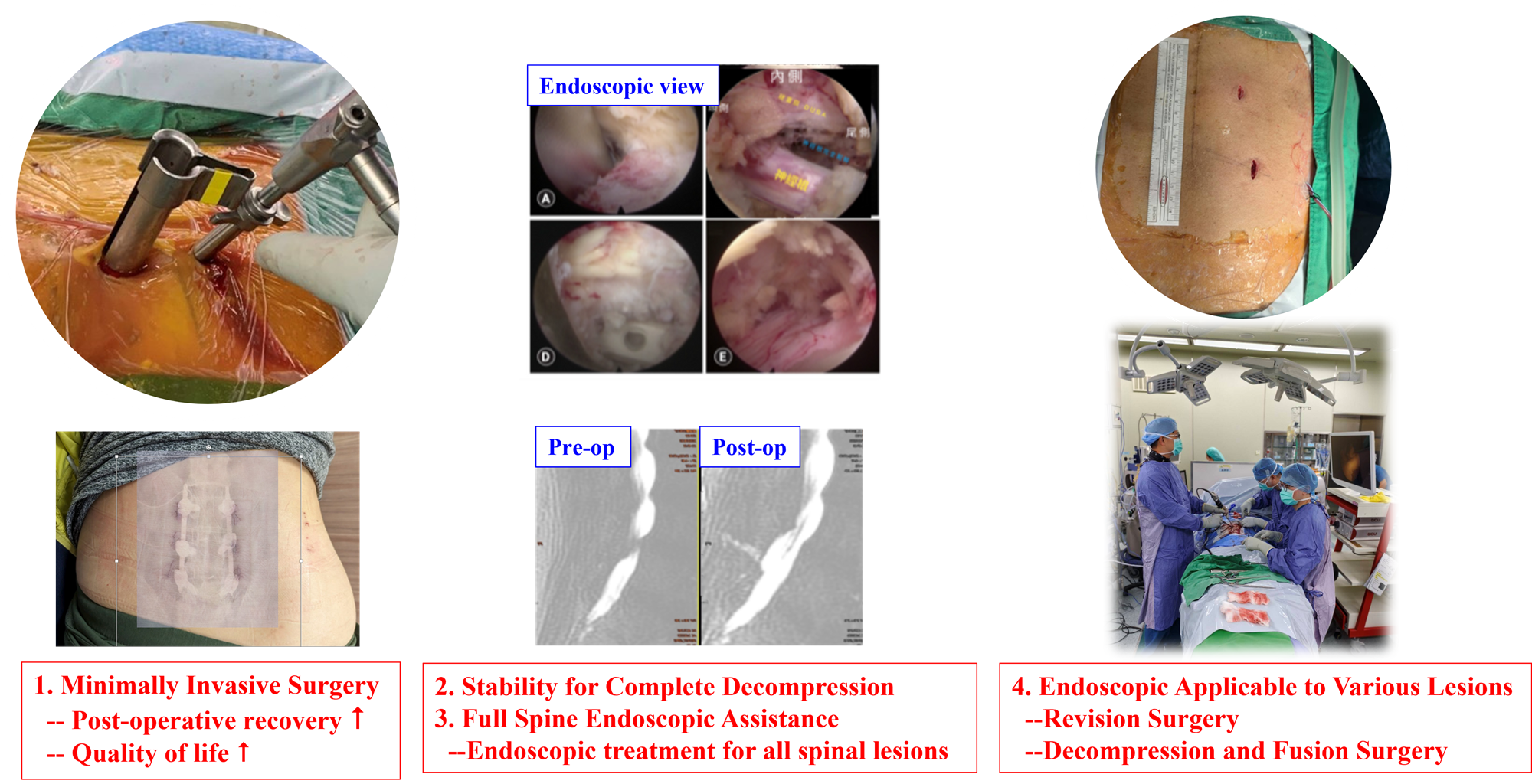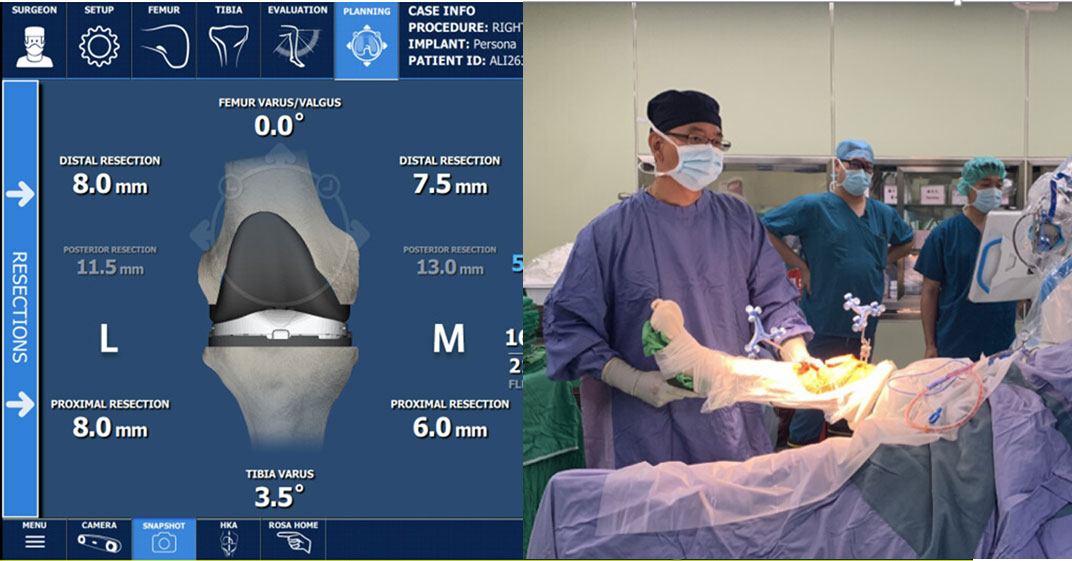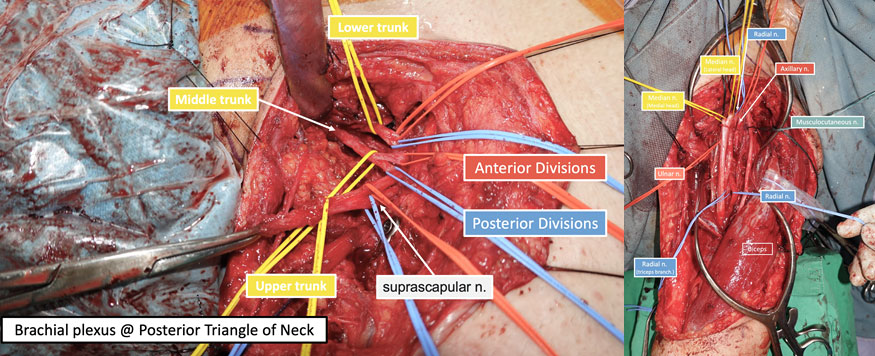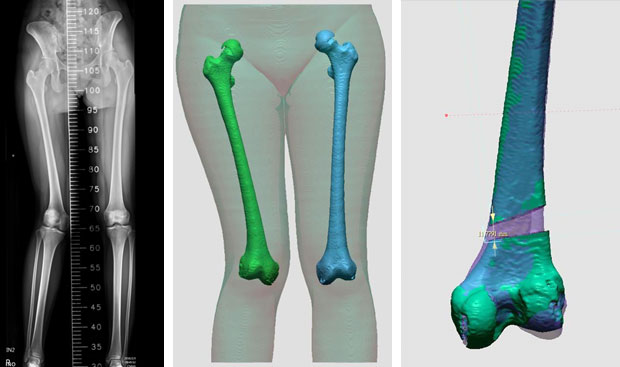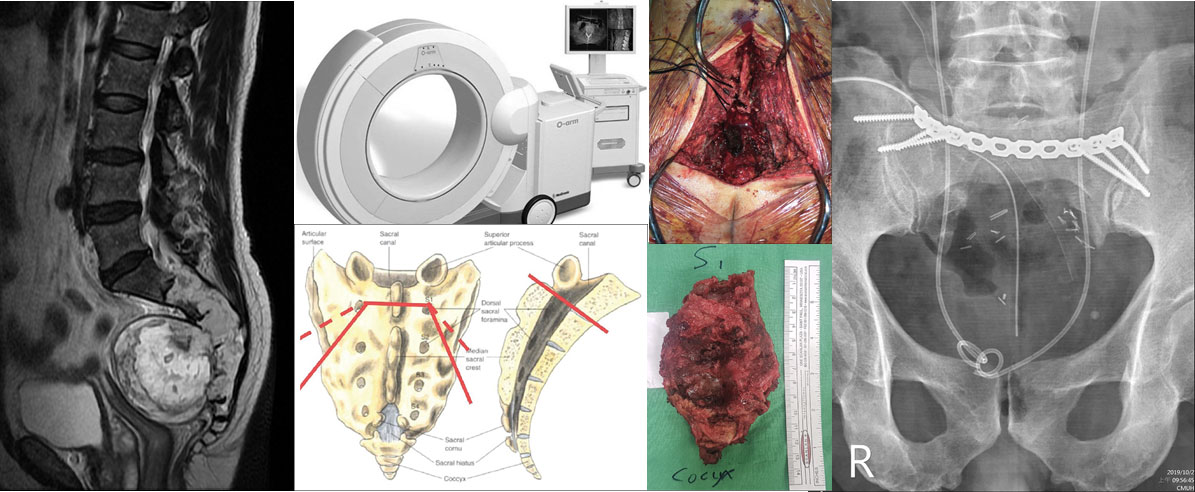Orthopedics | Our Speciality
Our Speciality
Specialized Medical Services by Each Department
- Spinal Surgery: Computer-Assisted Spinal Surgery、Minimally Invasive Endoscopic Spine Surgery
- Joint Reconstruction: Robotic-Assisted TKA、Direct Anterior Approach THR
- Trauma Surgery: Endoscopic AI-assisted 3D Printed Pelvic Trauma Surgery
- Sports Medicine: Arthroscopic-Assisted Shoulder Labral Fracture Fixation Surgery
- Hand Surgery and Microsurgical Limb Reconstruction: Brachial Plexus, Peripheral Nerve Injury Repair and Functional Reconstruction
- Pediatric Orthopedics: 3D Printed Assisted Surgery for Limb Length Discrepancy and Knee Deformity Osteotomy Correction
- Bone Tumor Surgery: Computer-Assisted Bone Tumor Resection Surgery
1. Spinal Surgery
Computer-Assisted Scoliosis and Kyphosis Correction Surgery
Minimally Invasive Endoscopic Spine Surgery
2. Joint Reconstruction
Robotic-Assisted Surgery
1. Robot-Assisted Precision Knee Replacement
- OP collaboration between the surgeon and the robot
- Bone cuts achieve precision of 1 mm and 1°(minimized human error)
**Pioneers of Computer-Assisted Precision Joint Replacement**
**First Case in Central Taiwan**
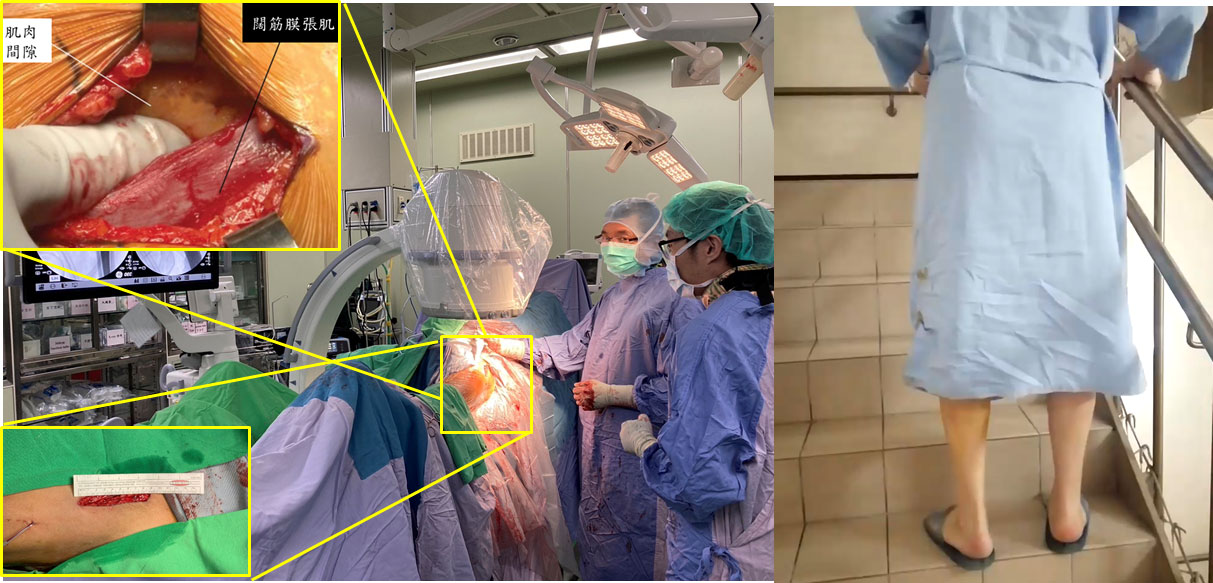
2. Orthomap Navigation DAA THR Surgery(Minimizing damage to the muscle layers)
-- Same-day Surgery and weight bearing mobilization
-- Discharged on the following day
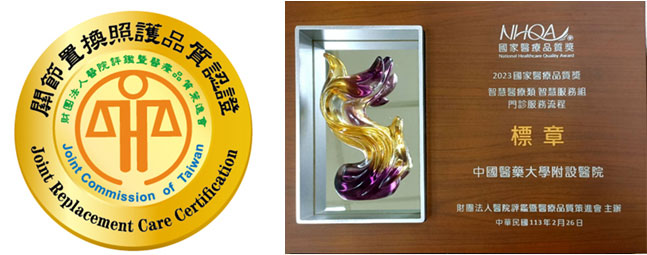
Since 2016, nearly 1,000 DAA THR have been completed, with the implementation of ERAS, earning the National SNQ.
3. Trauma
Arthroscopic-Assisted Endoscopic AI-Assisted 3D Printed Pelvic Trauma Surgery
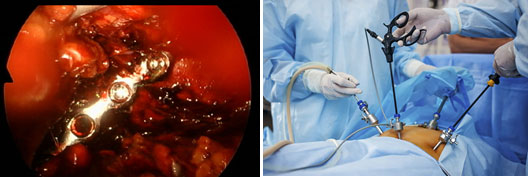
1. Arthroscopic-Assisted
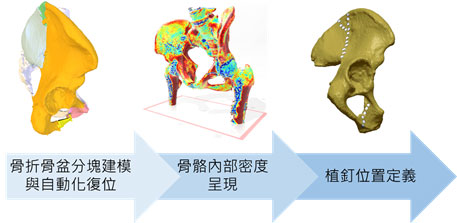
2. 3D Fracture Model Assistance: Pre-op Planning + Surgical Assistance

3. Smaller Incision + Reduced Soft Tissue Damage = Accelerated Postoperative Recovery
Established a personalized anatomical analysis system to assist with complex pelvic surgeries
4. Sport
Shoulder arthroscopy-assisted fracture fixation surgery
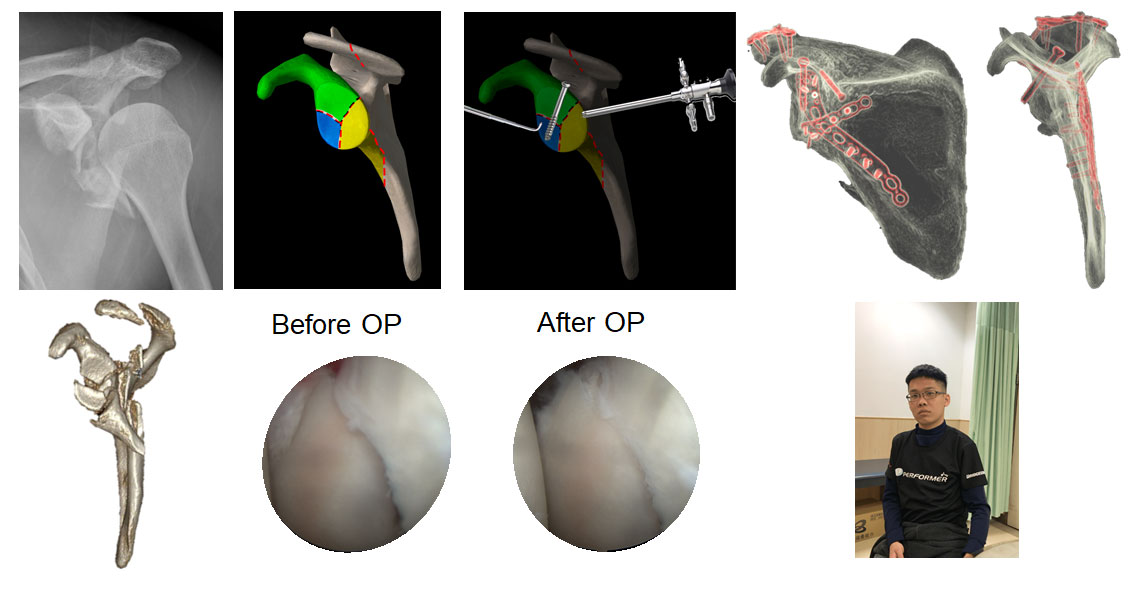
Complete intra-articular reduction and fixation assisted by preoperative CT and preoperative templating system.
5. Hand surgery
Repair and functional reconstruction after brachial plexus and peripheral nerve injury
Long-term goal :
Establish the first peripheral nerve injury functional reconstruction center in central Taiwan :
6. Pediatric
3D printing-assisted surgery for limb length discrepancy and knee deformity osteotomy correction
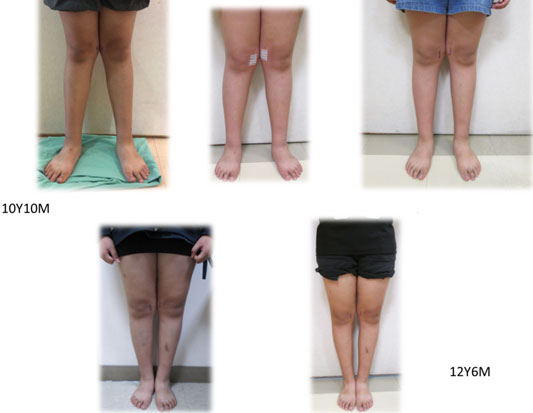
Children with X-shaped (genu valgum) or O-shaped (genu varum) legs can undergo minimally invasive surgery to correct lower limb alignment, improving gait and motor function.

